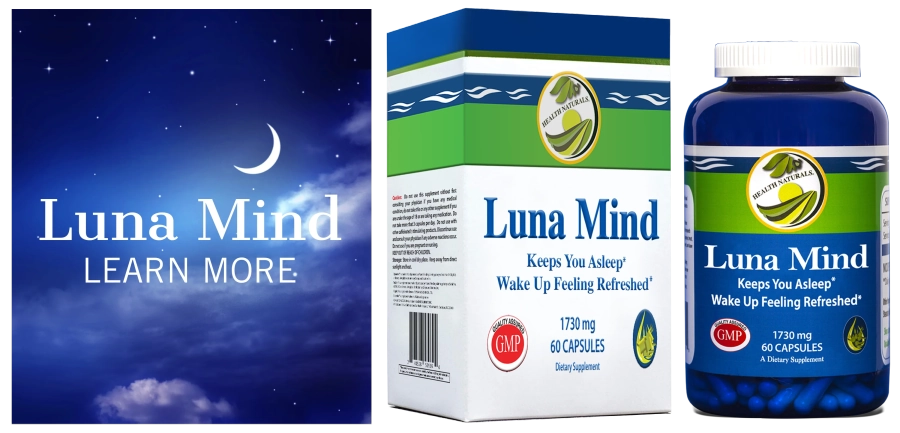Bees are a flowers best friend. Like partners in a successful marriage, the two are keen on supporting each other’s success. By simply visiting flowers, bees feed themselves. But they also help feed the world. Although we might be interested in bees because they supply delicious honey, by far the greatest value of bees—all bees, not just honey bees—is their remarkable ability to pollinate plants.
Bees are a flowers best friend, Let’s go pollinate some plants
So, what exactly is pollination? In the simplest terms, pollination is how flowering plants reproduce. As in mammals, reproduction requires the union of female and male germ cells. The problem is that the male germ cell, a pollen grain, and the female germ cell, an egg cell, are located on different parts of the flower. The pollen grain develops on the male stamen , which is composed of two parts: the filament a thin stalk attached to the flower; and the anther, the lobed tip of the filament, where pollen is produced. The female pistil of a flower includes a thicker central stalk known as the style with a sticky portion, known as the stigma, at its tip.
To reproduce, a plant needs to transfer enough pollen grains from the anther to the stigma—in other words, it needs to be pollinated. While a number of animals, as well as a good breeze, can help unite pollen grains with stigmas, the most reliable mode of transport is pollinators, like bees.
When a compatible pollen grain reaches the stigma of the same flower species, the pollen grain moves downward within the style to reach the ovary , where fertilization occurs. Following fertilization, the plant produces seeds. Some plant seeds simply fall to the ground as the flower wilts; other flowers have mechanisms to distribute their seeds more widely. The cherry a bird might eat, for example, serves as a seed carrier. When the bird flies off to eat the cherry away from the parent plant and drops the seed into appropriate soil, a new cherry tree may grow to eventually produce blossoms, which will need to be pollinated. Wide distribution of fertilized seeds is advantageous to plants.
Fertilization and seed distribution would not be possible without pollination. Although some plants can reproduce asexually and pollen grains from the anther may fall onto the stigma of the same flower, pollen transfer by bees from one flower to another helps ensure diversity, bringing new traits into the next generation. Such diversity can ultimately help plants evolve to adjust to climate change, drought, or any of the hundreds of challenges they (and their offspring) may face.
Plants have fine-tuned flower design to facilitate pollination, with terrible-smelling nectar to attract flies; bright red, unscented, tubular flowers to attract hummingbirds; and large, bell-shaped, night-opening flowers to attract bats. But these pollinators are consolation prizes compared to the pollinator flowers most desperately want to attract: the bee.
Flowers designed to attract bees have large, prominent petals, often brightly colored, regularly and irregularly arranged around the base of the stamen and pistil; at the base, the plants have special secretory cells to produce nectar (like catnip to bees). The vibrant colors, the sweet-smelling odor, the saccharine taste of nectar, even the graceful movement of flowers in the wind—all are characteristics that attract a pollinator, especially bees. It’s no wonder, then, that we see them buzzing around dandelions, lilacs, flowering apple and cherry trees, rosemary, lavender, mint, sunflowers, clovers, and hundreds of other familiar flowers.
Incidentally (or not), bees’ unending appeal to plants also means they’ve grown less likely to self-pollinate. For example: Flowers offering pollen may be on separate plants from flowers needing pollen to produce seeds. Recall that during a foraging trip, bees visit many flowers but only a single type of flower. Their hairy bodies readily trap pollen, so when they move to a different flower, pollen grains can rub off on the stigma. Because they are not there to feed, only to bring food back to the nest, enough pollen is left for plants to reproduce.
To be fair, pollination is not something a bee does on purpose. It doesn’t wake up and say to itself, “Let’s go pollinate some plants.” The bee visits flowers simply because that’s where its food is. Cross-pollination is something of a happy accident!

